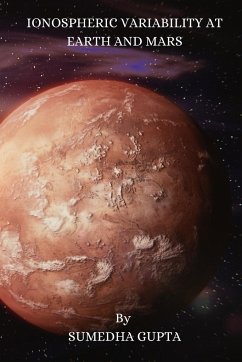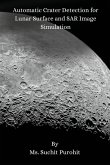Ionosphere is the only ionized layer in the atmosphere which extends from ~90 to 600 km above the sea level. It consists of plasma which is produced by the photoionization of thin upper atmospheric gases by UV, EUV and X-rays from the Sun. It has implications in the field of navigation and communication because of its effects on radio propagation due to the presence of free electrons and ions. The primary source of its ionization is the electromagnetic radiation from the Sun. Sun has a peculiar spectrum; 90% of its flux (visible and infrared) remains nearly constant, while 10% of the flux (UV, EUV and X-ray) exhibits large variations. These variations in the flux can be either periodic or transient, leading to Space climate and Space weather of the planetary space environment, respectively. For years, much has been studied about space climate which has resulted in models like e.g., International Reference Ionosphere (IRI), but adequate models are not available to study the transient dynamics and hence space weather study is important. Apart from solar and geomagnetic variations, meteorological and lithospheric phenomena are also known to perturb the ionosphere and hence quantifying ionospheric variability is a need and has a potential line of enquiry. The complexity and thus the elusiveness of ionospheric F2 region is well-known. Ionosphere is not constant; importantly it shows normal hour-to-hour, day-to-day, 27-day and 11-year variability. The ionospheric responses observed because of different variants, e.g., from above due to the Sun (solar storm, solar flares, CMEs) or from below due to meteorological phenomenon like Sudden Stratospheric Warming (SSW) and lithospheric phenomenon like earthquakes, are even different for similar events apart from depicting both positive (enhancement) and negative (depression) responses, making it further complex. For better ionospheric predictions (forecasting and nowcasting), the ionospheric responses due to phenomena not only originated from above, but also from below, need to be quantified. The space weather agents at Earth influence its magnetosphere, while they directly interact with the ionosphere of Mars due to the absence of global intrinsic magnetic field, making it more vulnerable to solar variants. For better understanding of different drivers, it is worth attempting WRH[DPLQH0DUV¶LRQRVSKHUHDVZHOO







